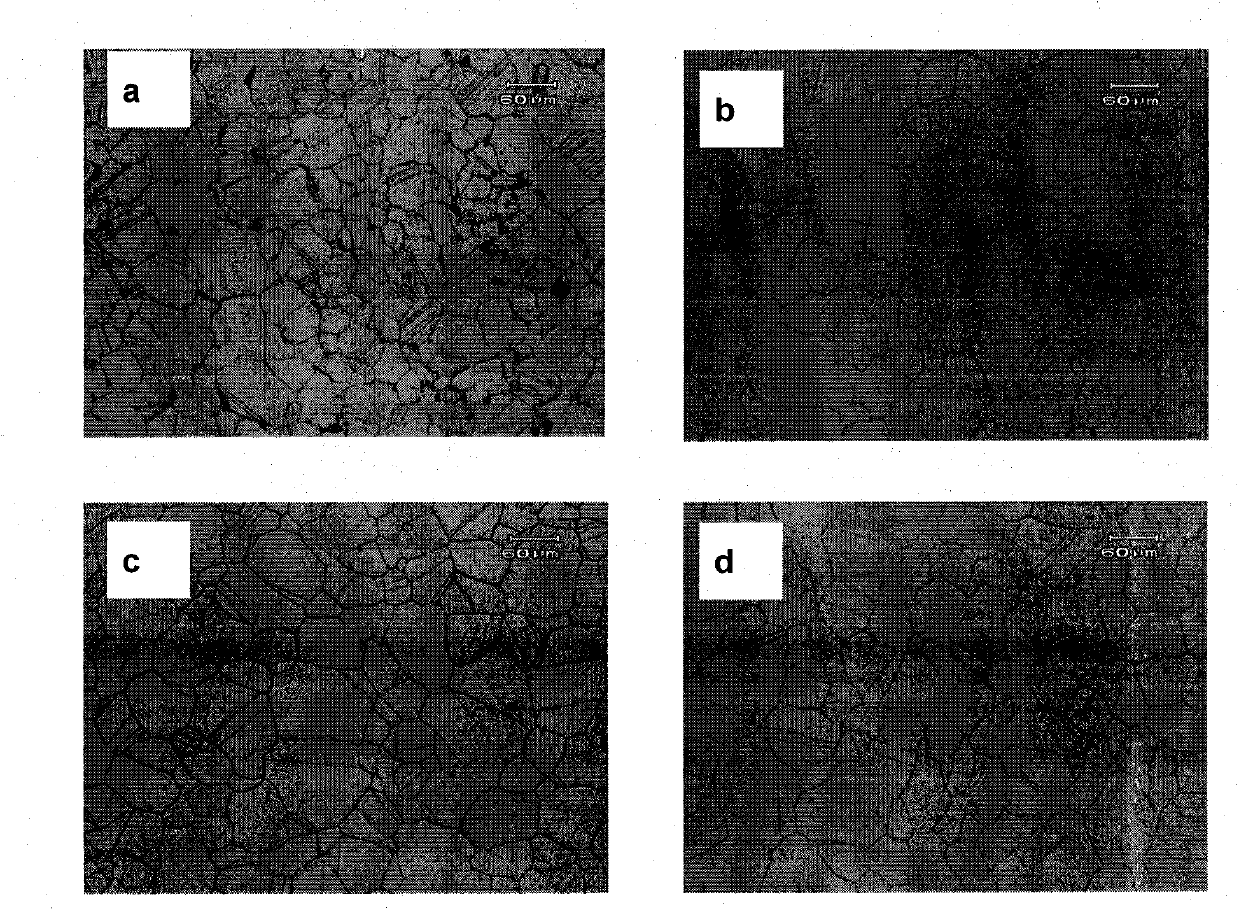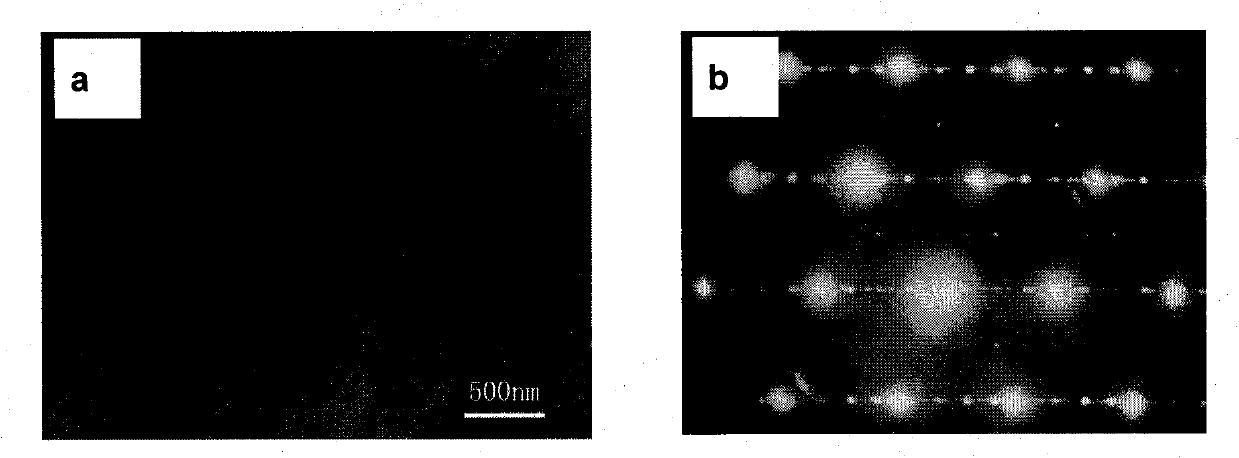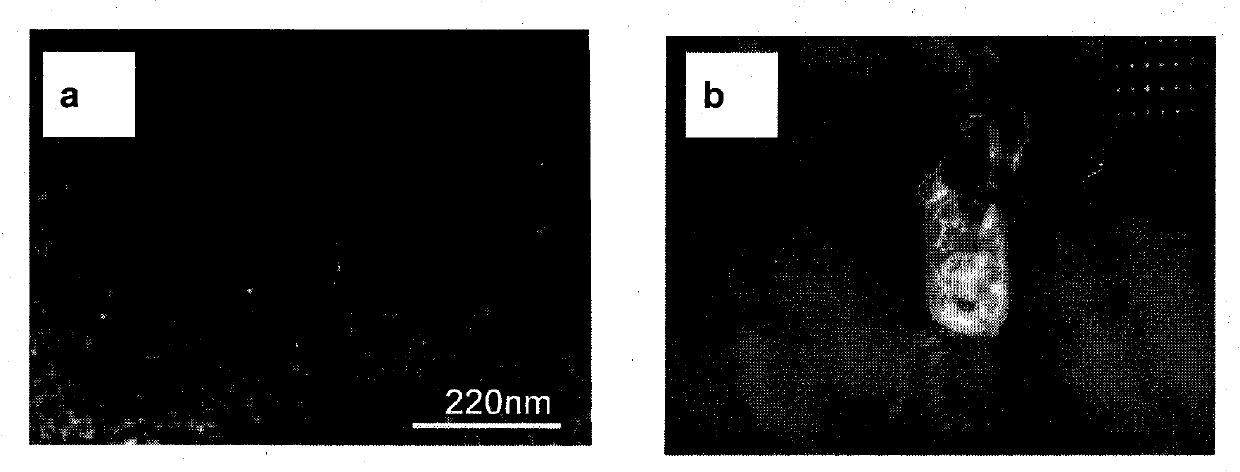Fe-Ni base precipitation-strengthened austenite alloy and preparation method thereof
A precipitation strengthening and austenitic technology, which is applied in the field of Fe-Ni-based precipitation strengthening austenitic alloy and its preparation, can solve the problems of low hydrogen damage resistance, low strength, limited application range and influence, and achieve hydrogen resistance Improvement of damage performance and improvement of hydrogen damage resistance
- Summary
- Abstract
- Description
- Claims
- Application Information
AI Technical Summary
Problems solved by technology
Method used
Image
Examples
Embodiment 1
[0020] Conventional raw materials such as industrial pure iron, electrolytic nickel, sponge titanium, metal chromium, molybdenum, vanadium, aluminum and boron iron are used. The alloy composition is shown in Table 1.
[0021] Table 1 Chemical Composition of Alloys
[0022]
[0023] The specific production process steps are as follows:
[0024] 1) Put the above-mentioned raw materials into a CaO crucible, carry out vacuum induction melting, heat up for melting and casting, and after the ingot is completely solidified, open the mold and take it out;
[0025] 2) Homogenize the ingot at 1100-1180°C for 20 hours, then cool it with the furnace, and then perform surface grinding treatment to remove surface oxide scale;
[0026] 3) After holding at 1050-1150°C for 3-5 hours, alloy forging is carried out on a 750kg forging hammer. The billet forging temperature is 1100°C and the forging temperature is 950°C; and rolled into bars for optimum hydrogen resistance;
[0027] 4) The he...
PUM
 Login to View More
Login to View More Abstract
Description
Claims
Application Information
 Login to View More
Login to View More - R&D
- Intellectual Property
- Life Sciences
- Materials
- Tech Scout
- Unparalleled Data Quality
- Higher Quality Content
- 60% Fewer Hallucinations
Browse by: Latest US Patents, China's latest patents, Technical Efficacy Thesaurus, Application Domain, Technology Topic, Popular Technical Reports.
© 2025 PatSnap. All rights reserved.Legal|Privacy policy|Modern Slavery Act Transparency Statement|Sitemap|About US| Contact US: help@patsnap.com



